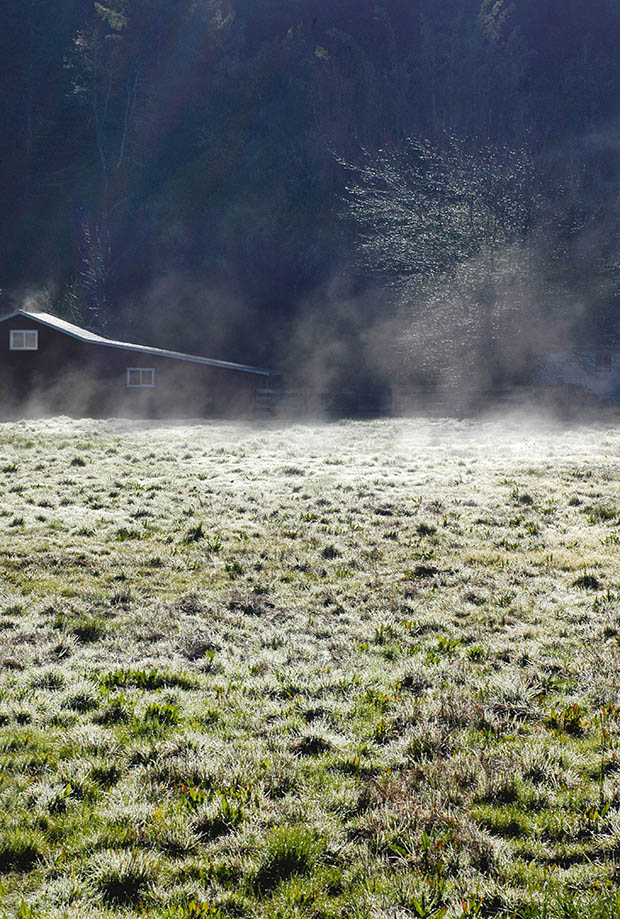3 common ways to wreck winter pasture

Even professional farmers are guilty of doing these, and you pay the price for years.
Words: Nadene Hall
Poor pasture management over winter has long-term detrimental effects.
Three common ways to wreck pasture are:
• pugging soil, where stock crush soil structure and churn up the surface;
• grazing too hard;
• having grass too long in August.
Pugging
Studies show that soil treading and compaction from just one pugging event over winter can halve pasture production over seven weeks. It can take years for the soil to come back to good health.
Ways to prevent pugging include:
• Don’t graze areas prone to waterlogging in winter. For some blocks, this may mean not carrying heavy stock in winter. Plan well ahead – even six months or more – so you can carefully time when to sell larger livestock to ensure you can get the best price and don’t have to sell at a discount. If an area is waterlogged year-round, the best option may be to fence it off, and to plant it as a wetland.
• Break-feed cattle using temporary electric fencing. You need enough leaf surface (5cm+) after grazing to allow the plant to quickly regrow. Every time you give cattle access to a new section of pasture, bring a fence in behind them to prevent them from going back over previously grazed areas.
• Create a sacrifice area – see above for more information.
Grazing too hard
Ryegrass grows much more slowly when the soil (and air) temperature is cold. On commercial farms, they don’t graze pasture to lower than 2.5cm (preferably 5cm), and they leave it to regrow for 15-20 days (Northland) up to 60 days (Southland).
Having grass too long in August
It sounds strange – how can too much pasture be a bad thing?
Pasture plants need light and room to grow in August, so they’re at their most nutritious in September-October. But they won’t grow if they’re competing with old, lanky pasture that creates too much shade and keeps the ground temperature cooler.
To grow the best quality, most nutritious pasture plants of the year – most commonly ryegrass and clover – it’s important that seeds enjoy warming soil and air temperatures. Ensure old pasture is grazed off by August, or mow it.
MAKE A SACRIFICE
One way to avoid pugging soil is to choose a paddock, or part of one, that needs regrassing, or is convenient (such as a race) and use it to hold cattle off pasture when they’re not eating. Cattle eat for 6-8 hours a day, so allow them grazing time, then move them to the sacrifice area with a supply of hay or silage, and clean, fresh water.
Love this story? Subscribe now!
 This article first appeared in NZ Lifestyle Block Magazine.
This article first appeared in NZ Lifestyle Block Magazine.
